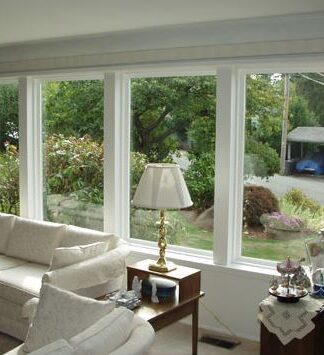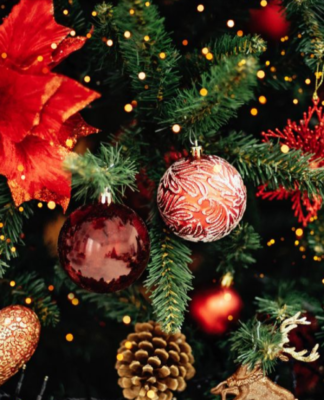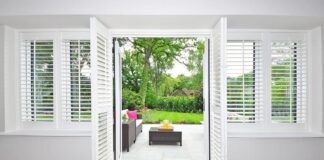LED lights are the most recent innovation in the lighting industry. Businesses may save money on electricity and reduce their carbon footprint by switching to LED lighting solutions.
About an LED
LED emits light using electroluminescence when powered by an electrical current. An electric current passed through a semiconductor material emits light in the visible spectrum. However, solar arrays employ photovoltaic cells, which transform the energy in visible light into usable electricity.
Light-emitting diodes (LEDs) were critical in creating solid-state transistors, making AM radios and the moon landing possible.
Benefits
A high probability of living a long life is the priority.
LED bulbs last far longer than incandescent bulbs do. To put it another way, the average life expectancy of an incandescent bulb is a thousand hours.
The average lifespan of an LED bulb is 50,000 hours. It has a lifespan of between 50,000 and 100,000 hours, depending on how you use it. The average lifespan of an LED light is between six and twelve years, equivalent to 40 times the lifespan of a traditional incandescent bulb.
LED corn bulb last up to four times as long as incandescent, metal halide, or sodium vapour bulbs, and its making them unique and an excellent long-term investment. Therefore, you will not only save money on the cost of replacing your lights but also on the cost of maintaining them.
Effective Use of Available Means
LED lighting’s low energy footprint is one of its primary selling points. The amount of light produced by a gadget per watt of electricity is measured in lumens, which are put to practical use. While lumens were once the standard for measuring light output, it is now known that a significant amount of this measurement is lost to inefficiency. LED lights provide more usable and less wasted light than older lighting systems.
These enhancements to energy efficiency directly result in cost reductions. LED lights are an excellent long-term investment for any company because they save energy.
Changes for the Better in Terms of Ecological Efficiency
For companies, becoming green is becoming increasingly important. Organisations may be able to reduce their energy use and appeal to an increasingly eco-conscious clientele by switching to more sustainable lighting.
The environmental benefits of producing LED lights also apply to the production process. Many common forms of illumination, like fluorescent bulbs and mercury vapour lamps, contain mercury and require daily replacement due to internal mercury usage. Therefore, special care is given to them near the end of their lives. With LED lighting solutions, you won’t have any of these problems.
Capable of Working in Sub-freezing Conditions.
Light bulbs designed for indoor use cannot withstand the cold. For example, when the temperature drops, the energy needed to turn on fluorescent lights increases, dimming the light.
In cold weather, LED bulbs are more efficient than CFLs by around 5%. Freezers, meat lockers, cold storage rooms, and refrigerated display cases benefit significantly from LED lighting. Parking lot lights, building perimeter lighting, and outdoor sign illumination benefit from their ability to function well in sub-freezing temperatures.
There is also no radiation, including heat or ultraviolet light.
Due to the heat generated by incandescent bulbs, replacing them after they’ve blown can be a challenging process. More than 90% of the energy required by traditional incandescent light bulbs is wasted as heat, while only 10% is used to create light.
Light-emitting diodes (LEDs) are efficient enough to make almost all of their light visible and generate little heat. In light of this, LEDs are considered therapy for Seasonal Affective Disorder (SAD), a kind of depression that disproportionately affects people in the winter.















